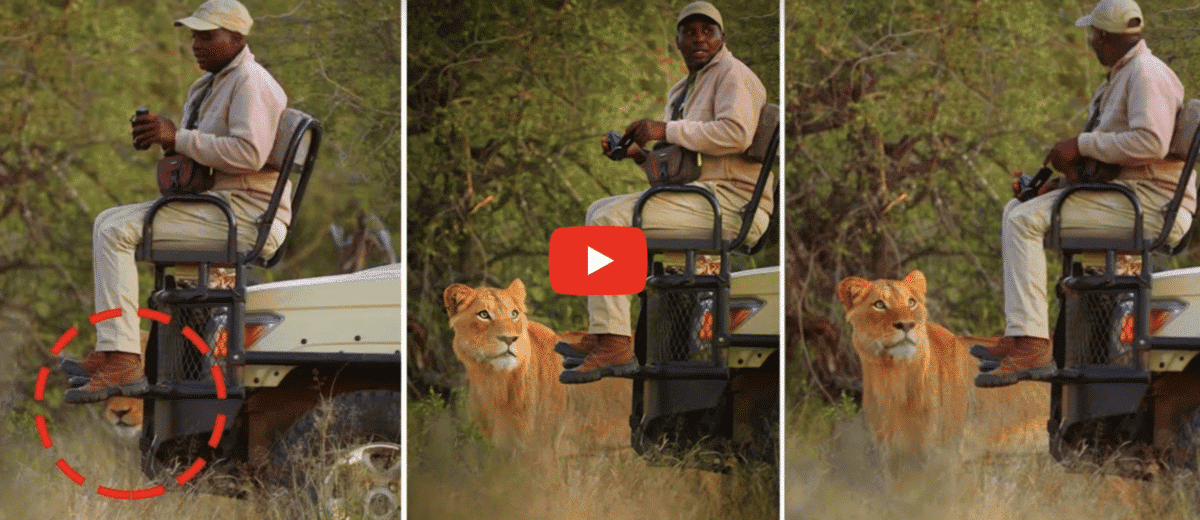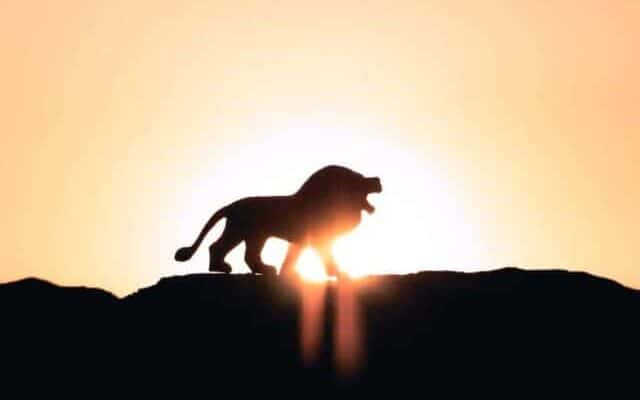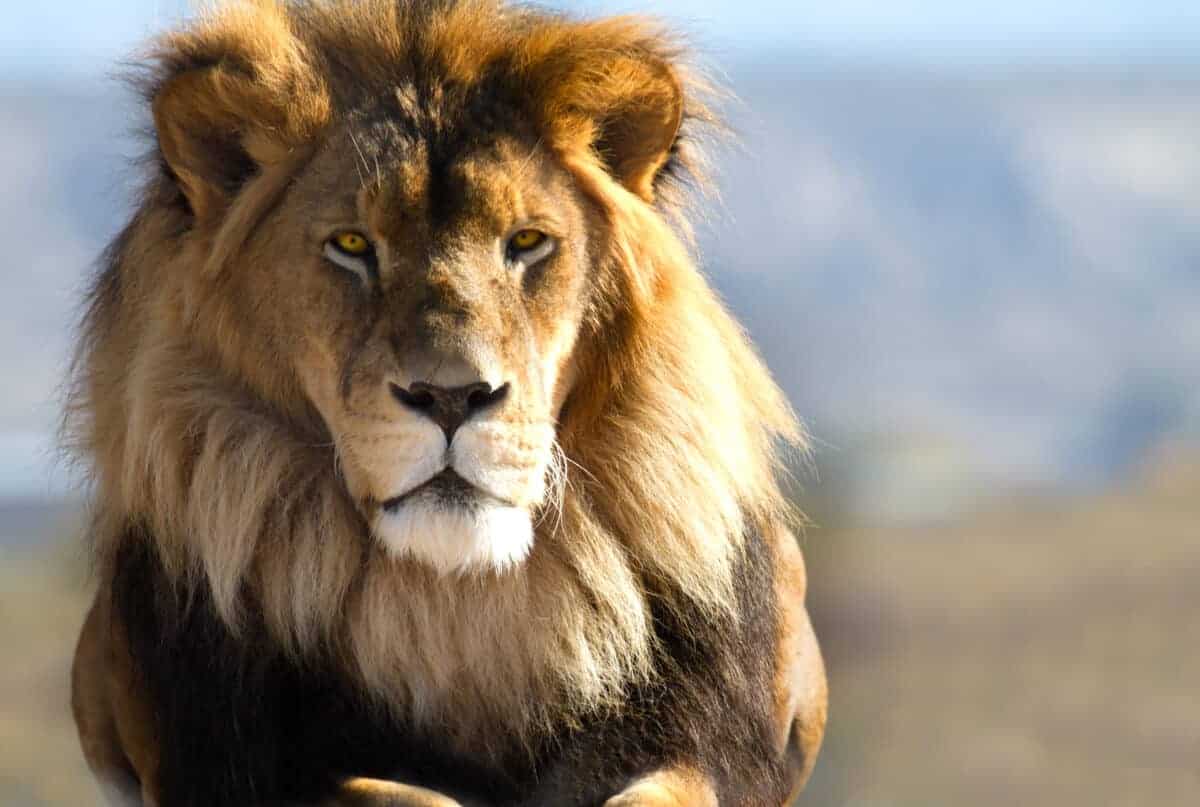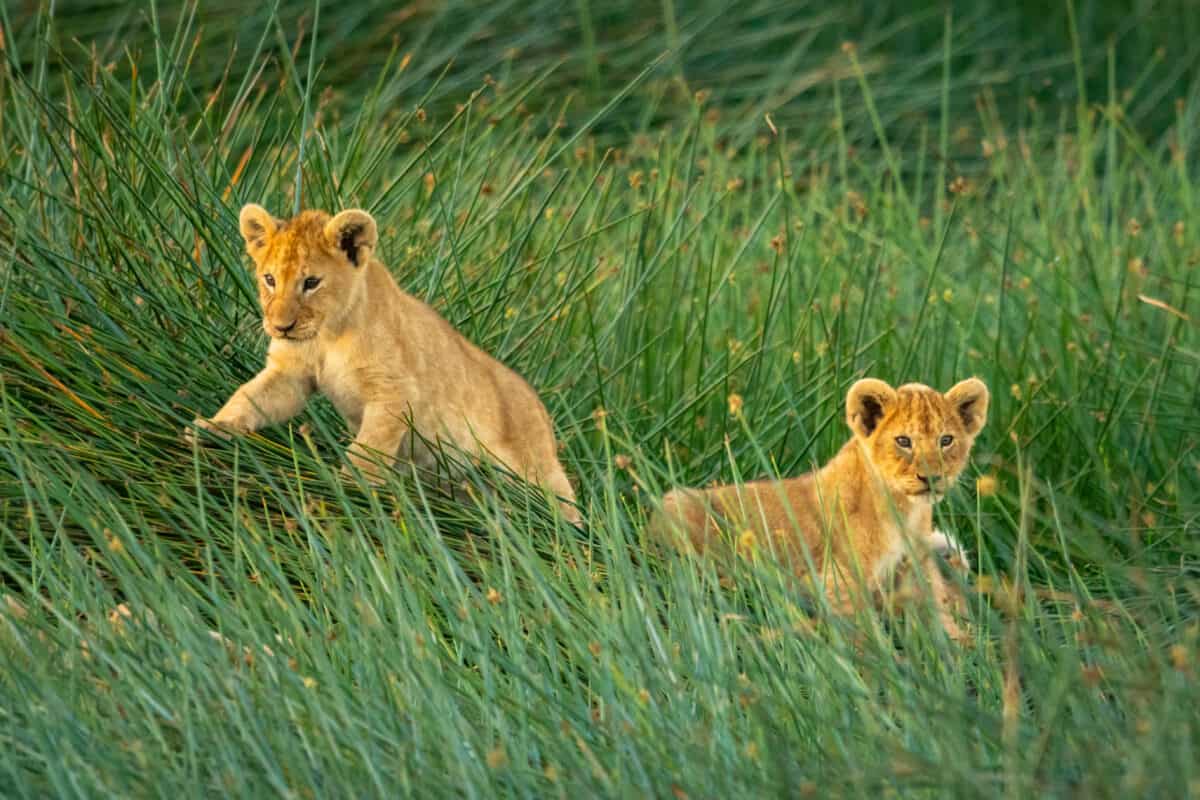Why Do Lion Not Attack When you Are In Safari Vehicle?

Lions generally do not attack people in safari vehicles for a few reasons:

- Perception of the Vehicle as a Single Entity: Lions, like many wild animals, perceive a safari vehicle as a single, large entity rather than a collection of smaller parts (including people). This perception doesn’t trigger their predatory instincts as the vehicle does not resemble their natural prey.
- Lack of Threat: In the wild, lions are more likely to attack if they feel threatened. People in safari vehicles typically keep a respectful distance and do not act in a manner that the lions perceive as threatening.
- Habituation: Lions in areas frequently visited by safari tours become habituated to the presence of vehicles. Over time, they learn that these vehicles neither pose a threat nor offer an opportunity as prey. This habituation reduces the likelihood of an attack.
- No Provocation: Tourists are usually instructed not to make sudden movements or loud noises that might provoke or startle the lions. Staying still and quiet makes the lions less likely to view people as a threat or potential prey.
- Conservation and Protection Efforts: In many safari areas, conservation efforts have led to a situation where lions are not desperate for food due to healthy ecosystems, and they are not generally threatened by human activity, which reduces potential conflict.
It is crucial, however, for visitors on safari to follow the rules and guidelines provided by their guides to ensure safety for both the tourists and the animals.
Lion Population in 2024

As of 2024, the global population of lions is estimated to be between 19,000 and 40,000 individuals, with a tendency towards the lower end of this range. The largest populations are primarily found in Africa, with a small population in the Gir Forest of India.
Tanzania holds the highest number of wild lions, with approximately 14,500 individuals, followed by South Africa with around 3,284 lions. Other countries with significant lion populations include Botswana (3,063), Kenya (2,515), and Zambia (2,349). In total, African lions are present in around 25 countries, but many of these nations have fewer than 250 individuals.
It’s important to note that the lion population has experienced a significant decline over the years. In the early 20th century, there were estimated to be as many as 300,000 lions in the wild. However, due to various factors such as habitat loss, human-wildlife conflict, poaching, and disease, the population has decreased substantially.

Conservation efforts are in place to try to reverse this decline, which include establishing protected areas, anti-poaching initiatives, and community-based conservation programs. Despite these efforts, the lion population continues to face challenges, and three-quarters of their population is in decline.
The International Union for Conservation of Nature (IUCN) currently classifies the African Lion as Vulnerable, with a high risk of becoming Endangered if current trends are not reversed. The principal causes for the decline have been identified as indiscriminate retaliatory killing in defense of human life and livestock, habitat loss, and prey base depletion.
More like this:
Lion Pride Feasting on a King Crocodile
- Top 10 Animals and Wildlife in Vietnam - April 26, 2024
- Animals and Wildlife in the Maldives - April 26, 2024
- Animals and Wildlife in America - April 26, 2024


GIFT GODFREY MWEWA
Friday 12th of January 2024
I really like wild animals and I really want to be a game ranger.what are some of the things needed for one to do a course.what course can I do.Am Zambian.